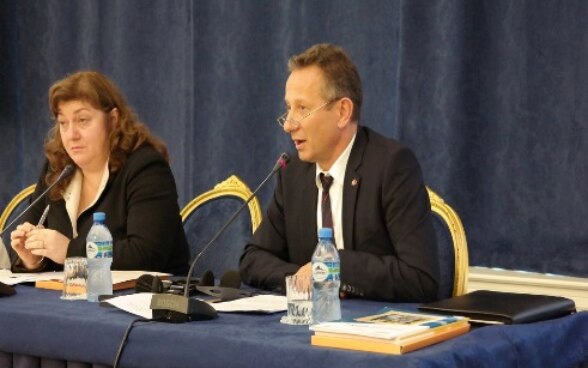
Life dynamics nowadays has brought down fertility in Albania, from the highest Total Fertility Rate in Europe to the current level of 1.7 children per woman, well below the replacement level that is required to sustain the population size. As a result, the composition of Albania’s population has radically changed between the census snapshots of 1979 and 2011, where before the proportion of children under 15 was 37 percent, it is now only 21 percent, shows the evidence coming from INSTAT secondary analysis of data on Youth in Albania.
This decline will be the driving force for ageing population in Albania, a process which has already started and felt in the Albanian society. Due to the combined effect of increasing life expectancy, reduced fertility and emigration of young adults, the population share of elderly – defined as persons aged 65 and over – increased from 5 to 11 percent in the period 1989 to 2011, according to the second study by INSTAT on Population Ageing.
“A better understanding of how young and older people in Albania are doing is the basis for better social and economic arrangements”, said Ambassador of Switzerland in Albania, Mr. Christoph Graf. “To take good policy decisions, reliable data, facts and figures are key in Albania, a country where assumptions, perceptions and interpretations often prevail, thus blurring reality and the search for truth”. Ambassador Graf also mentioned some interesting and worrying findings from the two studies such as the emigration trend among the young and the population ageing.
“It is as important that Albanian society and decision-makers are well prepared to face these issues, which will have their social and economic impact on the society in the decades to come”, said in her speech the deputy director of INSTAT, the Albanian Institute of Statistics, Ms. Emira Galanxhi.
These two studies were carried out by INSTAT and UNFPA with Swiss funding in the framework of supporting social inclusion in Albania.
